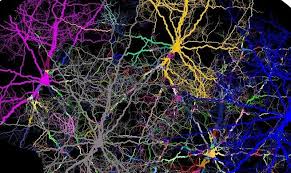Researchers at the University of Toronto and The Hospital for Sick Children (SickKids) have developed a new method of treating glioblastoma, the most aggressive form of brain cancer. The method, called mechanical nanosurgery, uses magnetic carbon nanotubes (mCNTs) to deliver targeted mechanical force to tumor cells.
Glioblastoma is a highly malignant tumor that is difficult to treat. Current treatments, such as surgery, radiation, and chemotherapy, are often ineffective and can cause significant side effects. Mechanical nanosurgery offers a new approach that could potentially overcome the limitations of current treatments.

mCNTs are rolled-up sheets of carbon filled with iron nanoparticles. When an external magnetic field is applied, the mCNTs align themselves with the field. This allows the mCNTs to be targeted to tumor cells using a magnetic field.
Once the mCNTs are in place, they can be used to deliver targeted mechanical force to tumor cells. This force disrupts the tumor cells’ cellular structures and causes them to die.
Mechanical nanosurgery has been shown to be effective in killing glioblastoma cells in vitro and in animal models. The method is currently being evaluated in clinical trials.
If mechanical nanosurgery is shown to be effective in humans, it could offer a new and promising treatment for glioblastoma. The method is minimally invasive and has the potential to be less toxic than current treatments
Here are some of the advantages of mechanical nanosurgery:
- .It is minimally invasive, which means that it can be used to treat tumors in difficult-to-reach areas.
- It is targeted, which means that it can be used to deliver treatment directly to tumor cells, while sparing healthy cells.
- It is less toxic than current treatments, which means that it is associated with fewer side effects.
Mechanical nanosurgery is a promising new treatment for glioblastoma. It is still in the early stages of development, but it has the potential to offer a new and effective way to treat this aggressive form of cancer.

